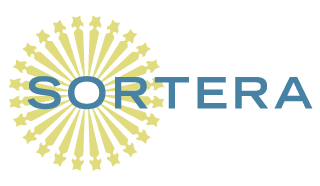The Public Sector Has it Easy
When I worked in community and economic development, I remember the feeling of inadequacy when a CEO or manager of a company I was assisting would say:
“You wouldn’t understand, you don’t have to worry about how you will get your next paycheck.”
The words stung, and although I showed up with resources (sometimes even funding) and an empathetic ear, to a degree they were right.
With a career in the public sector, I didn’t have the same sense of urgency of getting that next client, making sure they were 150% happy, developing the next iteration of my product or service to stay ahead of the competition, and meeting the bottomline so employees could get paid and return ready and willing to put forth their best and deliver for the company.
But I also knew and understood the reverse. The stereotypes about government employees as “paper-pushers” was not true. People were working hard, often with limited budgets and staff, trying to find creative ways to help the community. They had way more goals and projects than they could handle with intricate processes that often made it difficult to be nimble, even when it was clear what the barriers were.
If staff in government grew complacent, it wasn’t because they wanted to. The system or the bureaucracy or the hierarchy often broke them down.
The employees were there to make a difference.
If you have a team that’s struggling to find inspiration in their work or they seem like they don’t have the same values about the work they are doing, there are resources for you and your team.
Did you know there are five core strengths within each and every one of us that can be strengthened and allow for more empathy, curiosity, creativity, purpose, passion, and focus—from managers to staff, from staff to managers, and from staff to staff? And that’s just within the organization...
I wish I would have learned not only what my strengths and weaknesses are (as I did with the various personality assessments offered in the organizations I worked at throughout the years), but HOW to make them work better for me, my team, and everyone I encountered through my work.
I didn’t know how to quiet my own negative thoughts, which would have resulted in a more enhanced and productive experience for me and everyone around me.
I didn’t know how to calm my inner anxiety that became my only fuel, burning me to exhaustion. If only I could have learned not to fan that flame I would have been more open to new ideas, feedback, and even creativity. Creativity in my own work as well as how I approached challenges and conflict.
I believe the past is the past and we learn from our mistakes. And, as a result, I now know there is a way to train our brains—it goes well beyond the insight we get from a one-day training or the results of a personality assessment that only managers look at to see if you’re “like” them or not.
It actually helps form new neural pathways in our brain to build mental muscles that allow for enhanced performance, improved relationships, and increased happiness.
What I would say in response today, whether you’re in the public or private sector, is “You’re right, you don’t have to worry.”
To learn more for you and your team, ask me about my Mental Fitness Six-Week Group Program.
